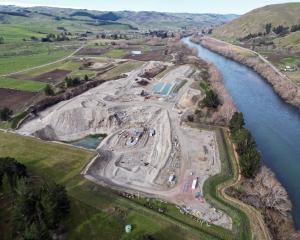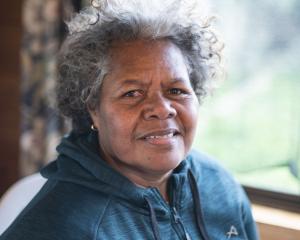A DISPUTE which started after the felling of pine trees in Alexandra last year was a classic example of how not to handle the pest pine tree problem, a council meeting heard last week.
The Central Otago Wildling Conifer Control Group presented its annual report to an Otago Regional Council implementation meeting in Cromwell last week.
The group said the wilding pine problem was not going away but the biggest challenge was getting everyone to recognise the issue.
The regional council contributes $100,000 a year to the group.
Central Otago Wilding Conifer Control Group project manager Phil Murray told the meeting the challenge was still big and the group could not rest on its laurels.
Wilding pines spread through wind and active seedings, and Naseby Forest was still spreading its seeds throughout the Maniototo area.
More wilding pines dotted over the landscape led to a reduction of water yield, a loss of landscape, and increased fire risk.
If the problem was left to continue unabated, Central Otago would end up with fires such as those in New South Wales and southern California, Mr Murray said.
In the North Island, exotic and native trees could survive together but that simply did not happen in Central Otago.
Mr Murray said if the wilding pine group had not done its work over the past seven years, then the situation would not have been able to be rescued and the landscape would have been quite different.
"But it is very difficult to convince people it is a problem.
"We are doing the hard yards in Cromwell. Part of the community are really on board ... are really with us. But some are not."
The group was looking to appoint a communications co-ordinator.
The group covers the Central Otago District Council area.
Cr Michael Laws said people liked trees, and for many pine trees were their choice.
He asked if pine trees had to be removed, what trees could replace them.
Mr Murray said people planted pines for amenity values but those trees needed to go and be replaced by other trees, which did not necessarily have to be native.
He did not specify the trees which should fill the gap.
He said the forest at Lake Onslow was affecting land around that area and pines were already starting to spread.
They would eventually get up to the high country and make an impact if not stopped.
The group had spent $3,105,000 to date since starting in 2015-16.
In that time it had cleared 395,383ha but it was hard to quantify what percentage of the land in Central Otago had been cleared. It took a lot of work to get rid of pines in certain areas.
Passions ran high in Alexandra last year when pine trees were removed from a Central Otago District council-owned reserve at Half Mile.
Residents were outraged by the removal of the trees.
Mr Murray said the removal of the trees was a classical example of how not to go about removing wilding pines.
He said there should have been more consultation with the community and about what was going to be done with the site after the trees were felled.
Mr Murray said that at some point the regional council needed to require all landowners to control wilding pines.












